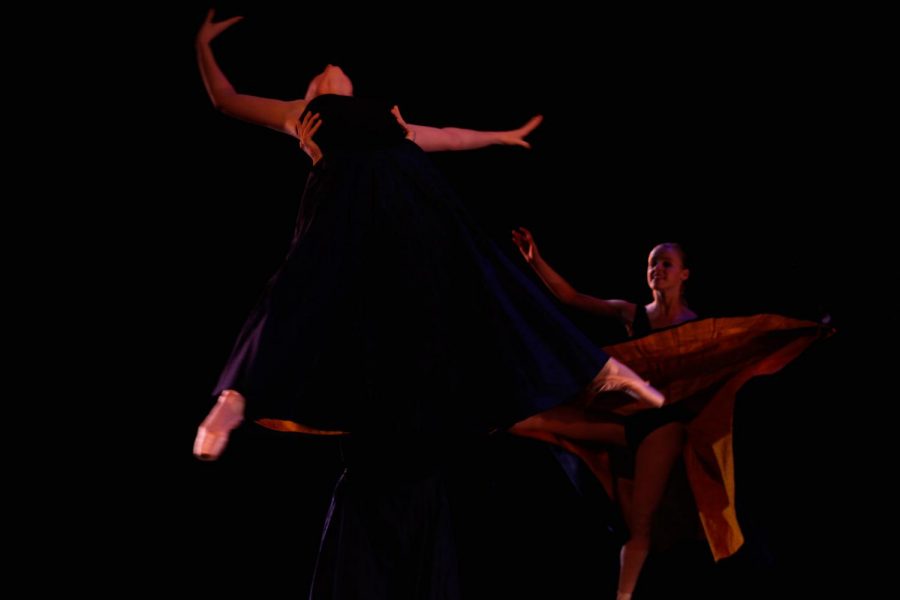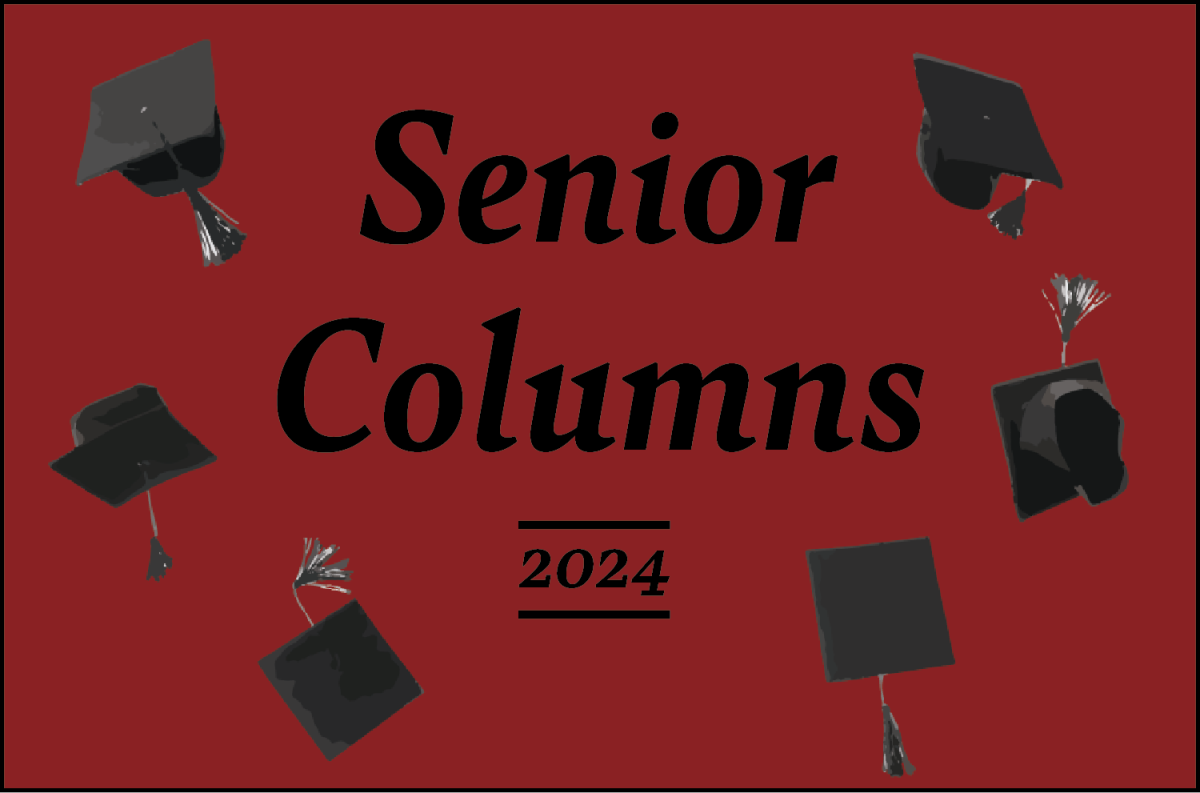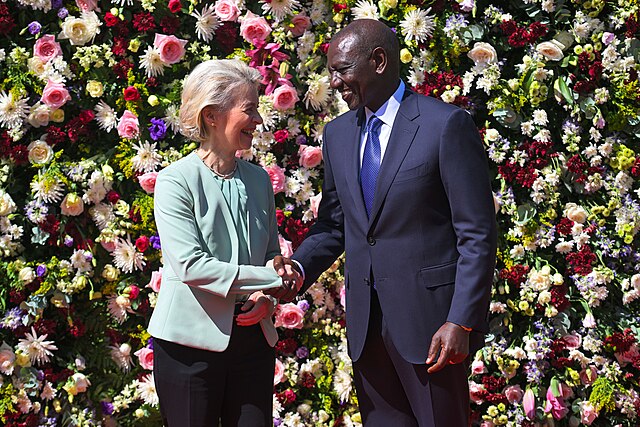“The Nutcracker” is a timeless holiday tradition. Each year, many enjoy the Christmas-themed ballet, which tells the story of a young girl named Clara’s magical holiday dream. Virtually every American ballet company produces some version of this ballet. For many, it is a pivotal tradition in their holiday festivities.
But how timeless is the ballet? Well, it’s not. Frankly, the ballet is very dated. The second act is rife with racial caricatures that have been ignored for far too long. As a holiday tradition, it is in desperate need of an update.
The first act, the Christmas party, is fairly unproblematic. The growing Christmas tree was always a personal favorite for me. The second act is where things start to go downhill. Here, Clara and the Nutcracker Prince travel to the magical Land of Sweets, where dancers representing foreign cultures put on a show. There’s Spanish Hot Chocolate, French Marzipan, Russian Trepak dancers, Arabian Coffee and Chinese Tea.
The European dances are fine: the Spanish dance is enchanting, Marzipan is dainty and graceful and the Trepak dancers are always a crowd pleaser. The Arabian and Chinese dances on the other hand are blatantly racist. In Tea, dancers usually wear bamboo hats or chopsticks in their hair and hold fans. Artificial smiles are plastered across the dancers’ faces as they skip around the stage, keeping their pointer fingers upward and nodding their heads cheerfully. The Arabian dancer is usually a woman wearing a bejeweled crop top and harem pants, bells around her wrists and ankles. She dances seductively, sometimes other dancers depicted as servants stand in the background.
These dances are caricatures of our understanding of Eastern cultures. They are shadows of the Eurocentric imperialism that still haunts ballet today. The costuming and choreography have little to do with the cultures the dancers are supposed to represent. It’s blatantly offensive. Yet, ballet companies continue to stage these dances, and audiences continue to eat them up.
So why has nothing changed? For starters, we’re lazy. Recognizing that a beloved holiday tradition may come at the expense of others is tough, and making changes is even more difficult. Additionally most ballet companies depend on Nutcracker ticket sales to stay afloat the rest of the year. Why would a company revise the ballet that makes them the most money? Afraid of upsetting audiences, many choose to stay true to tradition.
“The Nutcracker” is not the only ballet with racial and misogynistic undertones. “La Bayadere” and “Le Corsaire” depict eastern cultures horribly wrong, dancers often wearing turbans and harem pants and the plots including women being kidnapped and forced into brothels. These ballets, like the Nutcracker, also need revising.
I don’t believe we need to “cancel” the entire ballet, but something must change. As a lifelong dancer, I recognize that “The Nutcracker” may be many people’s only exposure to ballet. I hate to think that some may leave this performance offended or put off from this art form. Ballet has the power to inspire and change lives, but it cannot do this if it continues to put forward racial and misogynistic stereotypes.
There’s plenty of ways to solve this problem. Many companies have signed a pledge to phase out yellowface in the second act. This is a good start, but more concrete action must be taken. Some have promised to update the costumes or choreography to tone down the racial undertones. Another solution could include incorporating traditional dances from Chinese and Arabic cultures, perhaps including non-ballet dancers to present their countries’ actual culture. In “The Urban Nutcracker” choreographer Tony Williams aimed to achieve diversity in dance by re-choreographing the Nutcracker to include a multitude of dance genres. Other companies should follow suit.
If done correctly, the Nutcracker could be a timeless holiday tradition that celebrates cultures from around the world. Otherwise, it’s a Christmas story that mocks and appropriates non-European countries. ‘Tis the season, right?
Emma Garber is an Assistant Op/Ed Editor and can be reached at [email protected] and followed on Twitter @EmmaGarber1.



















